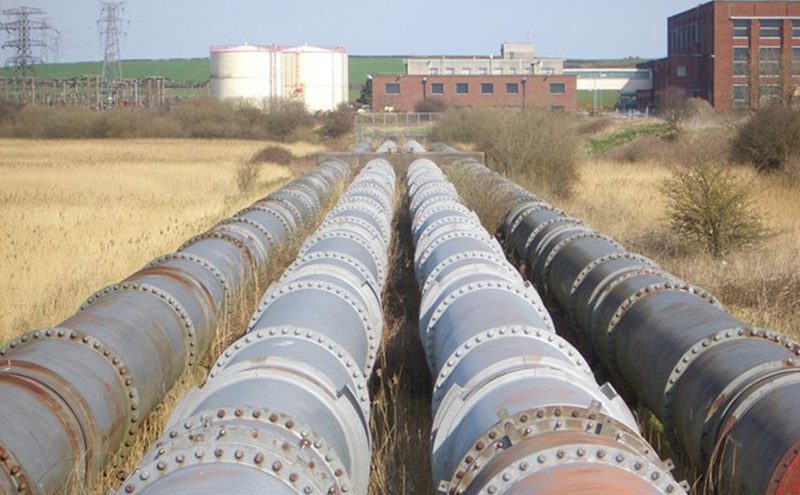
Nick Cowley, country manager with kiosk and meter box specialist MCL Utility, discusses the changing regulation of the water industry and the impact this will have on infrastructure.
Apparently, the tradition of clinking glasses when toasting originated from fear of poisoning. Spilling a drink from one glass into another ensured that neither drink contained poison, leaving party guests to freely enjoy court without any fatal concerns. Often, things become so ingrained in our behaviour through tradition that we do them without thinking, but there’s always opportunity for change. Here,
Since its privatisation in 1989, the water industry in England and Wales has been heavily regulated. With very few exceptions, British customers cannot choose their water supplier and, as a result, the sector cannot function as a competitive marketplace. The original objective of this privatisation was to ensure the successful maintenance of all water infrastructures by the UK’s water authorities. However, after a period of consultation under the previous Coalition Government, the industry has welcomed legislative framework for market reform, the Water Act 2014.
Britain’s water systems have improved dramatically since privatisation 27 years ago. In fact, today’s water infrastructure is practically unrecognisable from the systems of lead, and sometimes wooden, pipes originally installed during the industrial revolution. The Water Act 2014 aims to make it easier for non-domestic users to switch water suppliers. These new market reforms are set to make dramatic changes to the nature of competition in the industry, opening up the water and sewerage market to brand new providers.
Britain’s critical infrastructure is a complex and interconnected system. Naturally, there are concerns regarding the continuity of service and security of the country’s water system following these reforms. Can existing infrastructure cope with an influx of new suppliers? In light of this shift, alongside other infrastructure changes, the UK Government has recently released a guide to ‘Keep the Country Running’ by improving the resilience of critical infrastructure and essential services.
Recent years have seen plenty of media coverage regarding the risk cyber security threats pose to our infrastructure. However, it is vital that the water and utilities markets do not lose sight of physical threats. While the majority of residents in England and Wales might take the supply of clean water for granted, lack of physical security procedures could heighten the risk of intentional water contamination of geographically remote sites, such as boreholes and kiosks.
The physical threat to our water system is as real and should be taken just as seriously as a the heavily-publicised cyber security threats. This risk is reflected in the importance placed on ‘resilience’ in the Water Act 2014. In addition to the primary duties outlined for water suppliers in England and Wales, the Act emphasises the need for long-term resilience of water and wastewater systems.
Building resistance through security is another key piece of advice outlined in the Government’s infrastructure advisory guide. Water suppliers are encouraged to proof a system, so that it is resistant to known and established risks. The second step, reliability, suggests that the system should operate effectively, regardless of whether or not these risks materialise.
The Water Act 2014 will, for the first time, mean that businesses, charities and public sector customers will have the freedom to switch to a different supplier. According to estimates by the Government, this will contribute towards a £2 billion economy growth over the next 30 years. While the key objective of the Act is to reform the water industry and make it more competitive, the Governments focus on increasing resilience and security in this new market will help to protect Britain’s increasingly complex infrastructure in the future.






